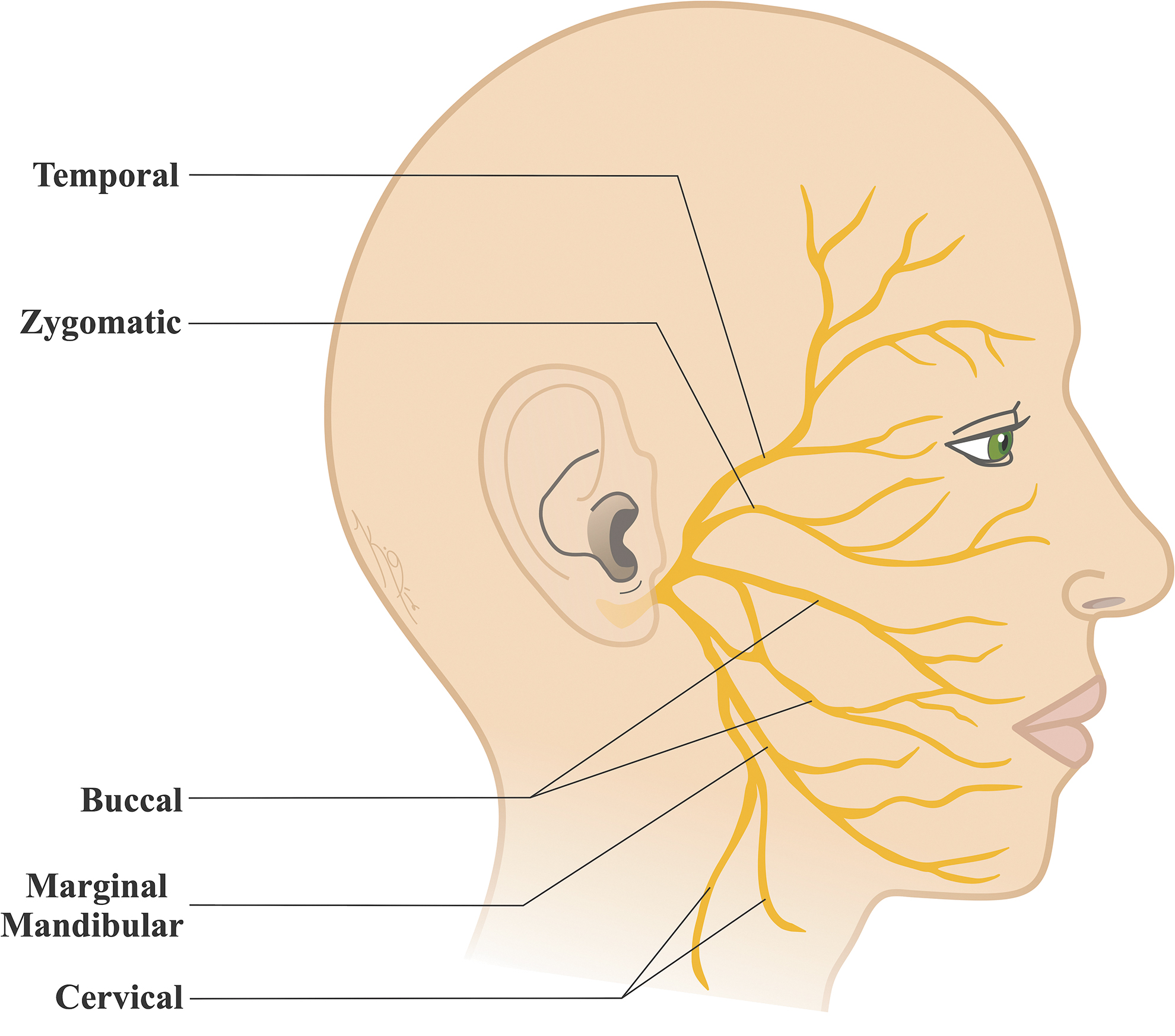Precautions & Treatments
To diagnose facial paralysis, the doctor will assess the patient’s facial weakness, checking the forehead, eyelids, cheeks, and lips. A test called electroneuronography (ENoG) may be used to evaluate the extent of nerve damage and predict the likely course of recovery. Additional imaging tests such as MRI or CT scans may be done to rule out any structural causes of pressure on the facial nerve.
Most patients with Bell’s palsy recover facial function within a few weeks, and in many cases, no treatment is necessary. However, if the condition is detected within 2-3 days of onset, doctors may prescribe corticosteroids and/or antiviral medications to speed recovery.
One of the common complications of Bell’s palsy is difficulty blinking, which can lead to eye dryness and irritation. If not treated properly, this can cause corneal damage. Doctors will often recommend eye drops and eye patches to keep the eye moist until the patient can close it fully again.
Surgical intervention is only considered in severe cases where paralysis is total and does not improve. Surgery is a last resort and is generally not needed unless other treatments have failed.

